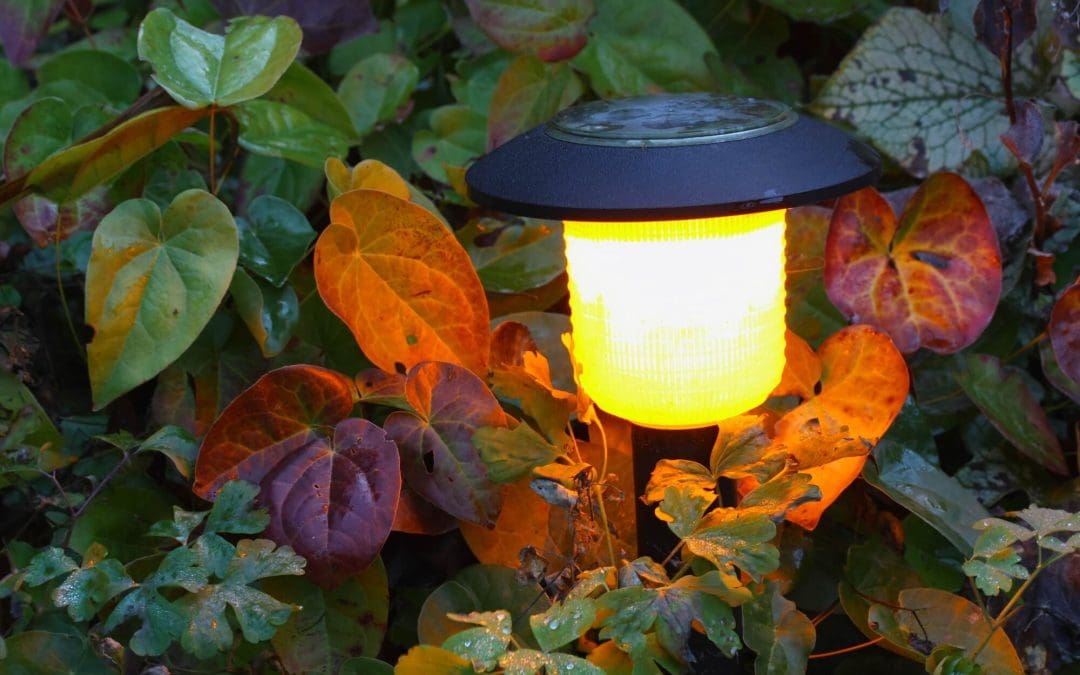Good exterior lighting is more than a practical necessity; it’s vital to your home’s curb appeal and safety. Proper lighting transforms outdoor spaces, highlights architectural features, and makes your property inviting and secure. This post will explain how to improve your home’s exterior lighting.
Understanding the Basics of Exterior Lighting
Outdoor lighting serves multiple purposes: it enhances visibility, provides safety, and creates a welcoming ambiance. You’ll achieve a well-balanced and functional design by combining different types of lighting.
Task Lighting illuminates specific areas where activities occur, such as pathways, stairways, and driveways. This type of lighting allows for safe navigation around your home and reduces the risk of accidents.
Accent Lighting highlights architectural features, landscaping elements, or decorative objects. By using spotlights or floodlights, you’ll draw attention to your home’s unique characteristics and create visual interest.
Ambient Lighting provides general illumination for outdoor areas, creating a warm and inviting atmosphere. This type of lighting includes overhead fixtures, wall-mounted lights, or lanterns that offer a soft and even glow.
Improve Your Home’s Exterior Lighting By Choosing the Right Fixtures for Your Space
Selecting the appropriate fixtures is crucial for achieving the desired effect. Consider the following options to enhance your exterior lighting:
Wall-Mounted Lights: These fixtures illuminate entryways, garage doors, and outdoor living spaces. They come in various styles, from traditional sconces to modern designs, allowing you to complement your home’s architectural style.
Post Lights: Post lights placed along driveways and garden paths provide both functional and aesthetic benefits. They are available in a variety of heights and designs, adding elegance while providing visibility along walkways.
Floodlights: Floodlights are perfect for highlighting larger areas or specific features. They are commonly used for security purposes and can be adjusted to cover vast areas.
Landscape Lights: These fixtures are designed to blend seamlessly with your garden and yard. They highlight plants, trees, or other landscaping elements, enhancing the natural beauty of your outdoor spaces.
Implementing Effective Lighting Techniques
Once you’ve selected the right fixtures, it’s time to focus on lighting techniques that will elevate your outdoor spaces:
Layered Lighting: Combining different types of lighting creates depth and interest. Use a mix of task, accent, and ambient lighting to achieve a balanced and dynamic effect.
Uplighting and Downlighting: Uplighting involves placing fixtures on the ground and directing light upwards, which will highlight trees and architectural features. Downlighting, on the other hand, involves positioning lights above and pointing downwards, creating a moonlight effect that’s charming and functional.
Lighting Placement: Strategically place lights to avoid creating harsh shadows or glare. Position path lights along walkways, place spotlights at angles to highlight features, and make sure ambient lights provide even coverage without being too intense.
Maintenance and Energy Efficiency
Maintaining your exterior lighting is essential for long-term performance. Regularly clean fixtures to remove dirt and debris, check for burnt-out bulbs, and verify that connections are secure. Energy-efficient options like LED bulbs use less power and last longer than incandescent bulbs. Try solar-powered lights for another environmentally friendly option.
With these tips, you’ll significantly enhance your home’s exterior lighting, creating a beautiful and functional outdoor space that reflects your personal style and improves safety.
Improve Your Home’s Exterior Lighting FAQs
What are the best types of bulbs for outdoor lighting?
LED bulbs are the best choice for outdoor lighting due to their energy efficiency, longevity, and ability to withstand varying weather conditions. They also come in different color temperatures, allowing you to choose between warm or cool lighting effects.
How can I enhance security with exterior lighting?
Motion-sensor lights are an excellent addition for security purposes. They automatically illuminate when movement is detected, deterring potential intruders and providing visibility around your property.
How do I choose the right color temperature for my outdoor lighting?
Color temperature is measured in Kelvin (K). For a warm, inviting atmosphere, choose bulbs with a color temperature of 2700K to 3000K. Opt for bulbs in the 4000K to 5000K range for a cooler, more neutral light.
How often should I replace outdoor light bulbs?
It’s a good idea to replace outdoor light bulbs when they begin to dim or flicker. LED bulbs have a longer lifespan, so you may not need to replace them as frequently as incandescent bulbs. Regularly inspect and maintain your fixtures for optimal performance.
First Impression Home Inspections offers inspections in the Shenandoah Valley. If you’re buying a home, contact us to request an appointment.

